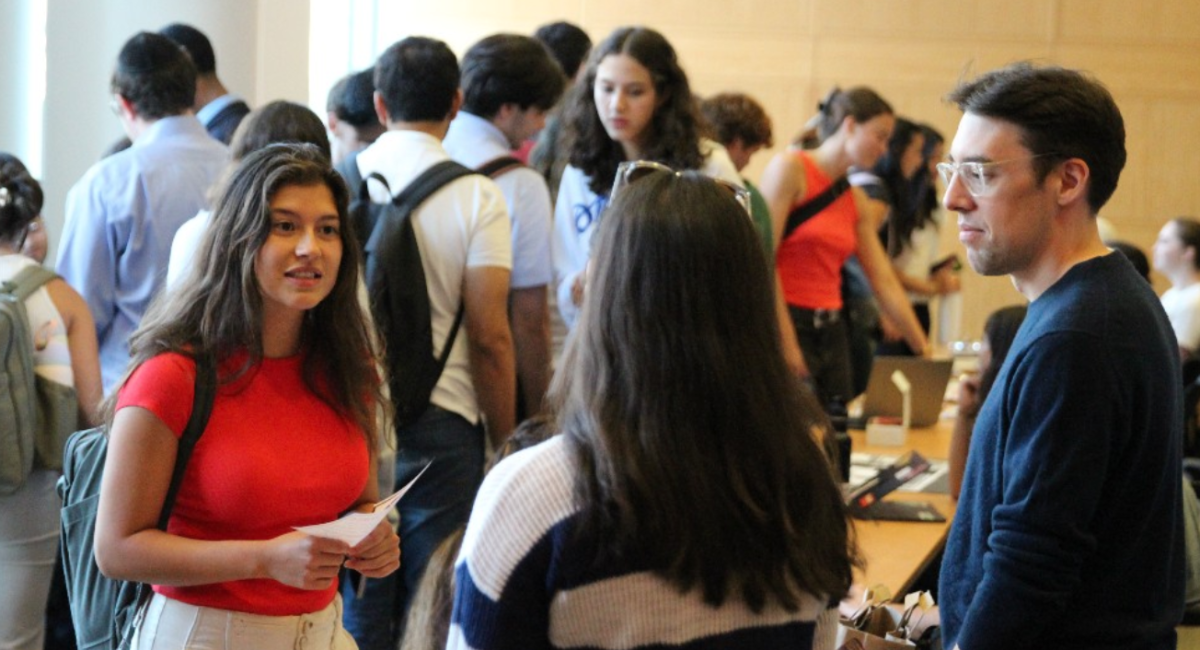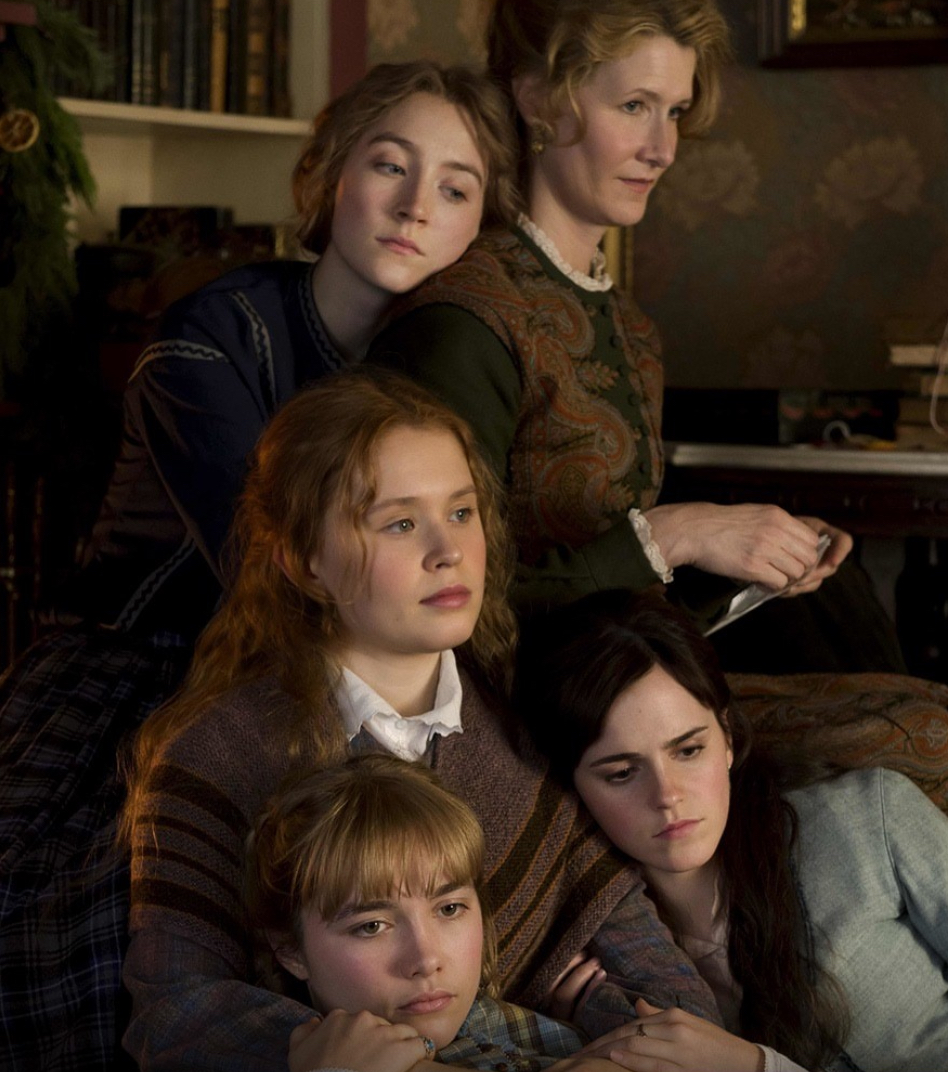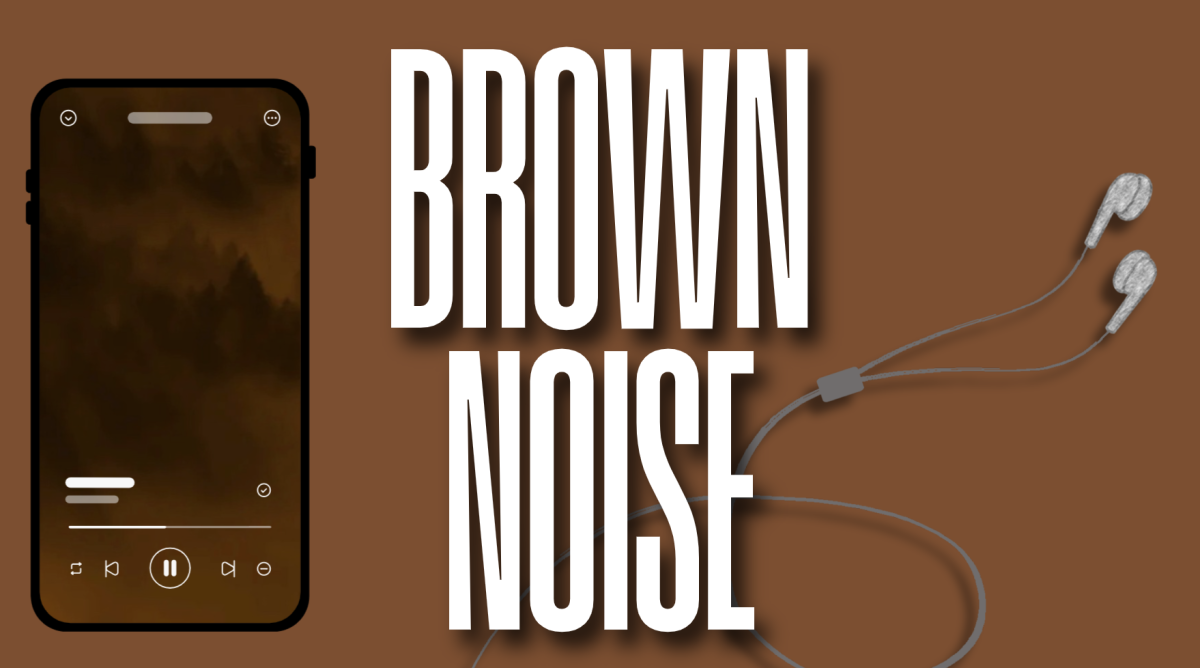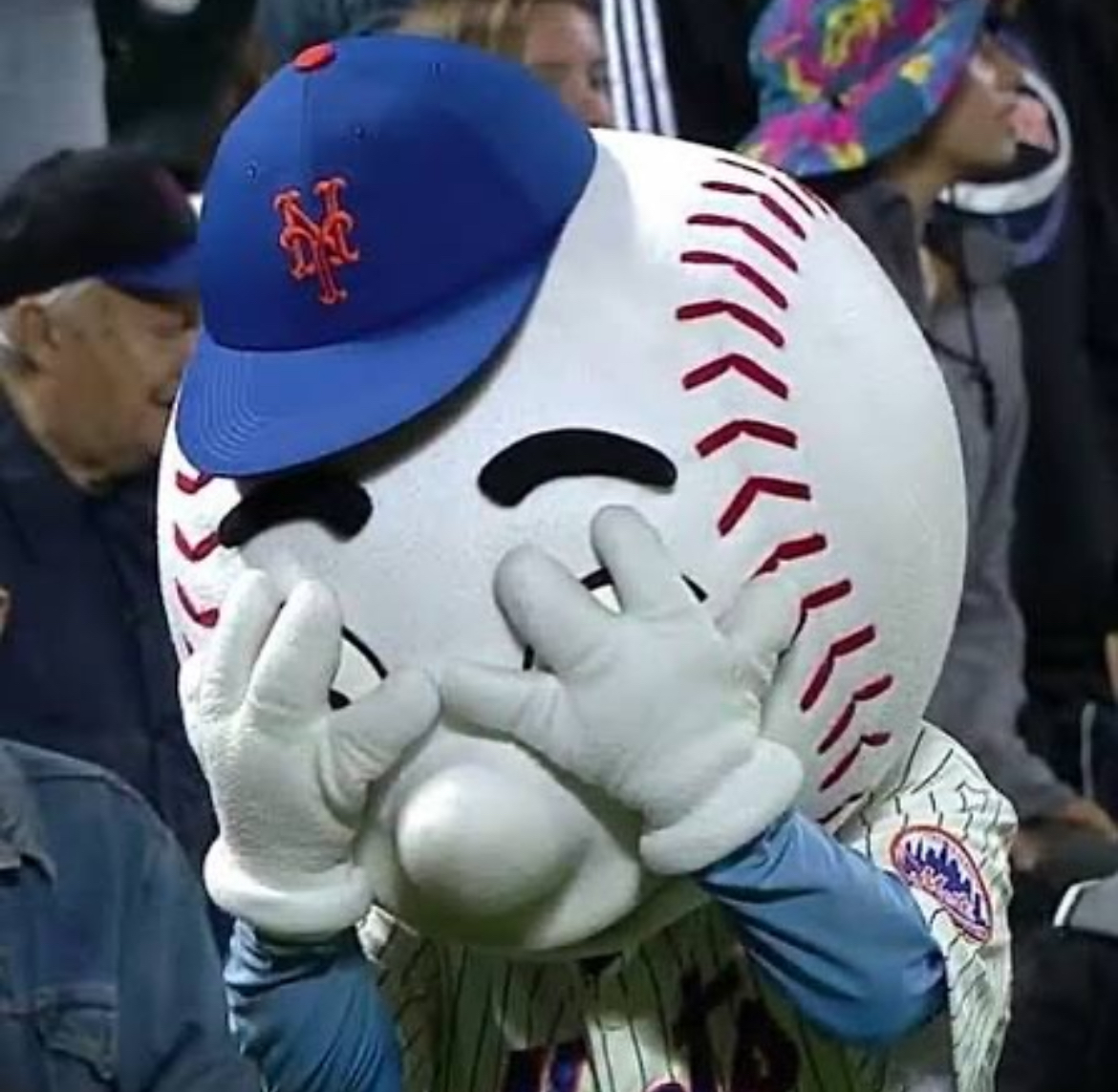Over the past few years, it has been increasingly common to see winter holiday goods going on sale earlier and earlier in the year. This phenomenon is a marketing strategy referred to as the Christmas creep or the holiday creep. The holiday creep allows corporations to earn more money, but it can also cause anxiety for shoppers. Corporations argue that the holiday creep allows shoppers to plan out better beforehand and purchase gifts they need for the holidays, but it is important to consider the effect of the holiday creep on consumers, their emotions and how it affects their spending. This raises the larger question of when winter holiday goods should go on sale.
The holiday creep benefits corporations in several ways. One benefit is that putting winter goods on display allows corporations like Amazon, Home Depot, Lowes, Costco and Dollar Store to earn more money. For many businesses, winter goods make up a large portion of their profit, and a devastating holiday sale season can put a damper on profit. For example, the holiday season can “make up to half of their yearly sales.” When shoppers see holiday items going on sale earlier, it is more likely for it to stay in their mind, and research has found that “starting holiday themes early can tee consumers up to start buying gifts.” Additionally, putting winter goods on sale earlier allows stores to refresh their layout and can either help stores put out new inventory when their current inventory is sold out or sell older inventory, which is still left over. This allows for stores to deal with differing sale outputs for several seasons and smoothly put out inventory. Perhaps the largest advancer of the holiday creep is competition, which can be visibly seen in the candy business. Businesses sell more when they start selling earlier which keys up other businesses to start selling earlier. For candy manufacturers, deals with businesses can take “anywhere from six months to a year in advance,” and when selling winter goods earliest, a bulk of candy can be put out more smoothly on display over time, allowing manufacturers as well as businesses to benefit. Since candy is also something that can be bought over and over at a relatively lower price, putting out candy for the winter holidays earlier allows consumers to buy goods earlier, go through them and buy them again later in the holiday season, which increases profit for businesses and candy manufacturers.
When I see Christmas decorations in stores during the weekend before Halloween, it is accurate to describe a feeling of a bit of annoyance and stress. While these decorations aren’t overtaking the store and are instead installed in a small corner as a taste of what is to come, it gives an impression that the end of the year isn’t far away. As a firm proponent of enjoying the seasons as much as possible, the early appearance of winter decorations takes away from fully enjoying fall and makes winter feel long and bloated. While the sight of early holiday goods may prompt a lot of people to start shopping earlier, the holiday creep is overblown and reminded of upcoming holidays are peppered everywhere despite it being a month or two before they actually begin.
It is surprising to see Santa, snowmen and snowflake lights before the winter chill officially starts. While there has always been a love of fall with pumpkin spiced lattes, autumn wear and brown ugg boots, fall seems to always be relegated to a shorter term than winter due to sale items. While the holiday creep does increase profit for businesses, it also skews the sense of time and exacerbates the natural stress that comes with the end of the year. Businesses should slow down on selling winter goods earlier in the season and instead focus on selling more items that pertain to the current time of the year. It isn’t fair for businesses to half-heartedly sell Halloween and Thanksgiving products, all the while focusing on the upcoming holiday season. Although it isn’t possible to eliminate the holiday creep, businesses should adjust to consumer needs at the current time more than for the future and start introducing winter goods later in the season.
Saisha Islam, FCRH ’25, is a biology major from New York, N.Y.










































































































































































































